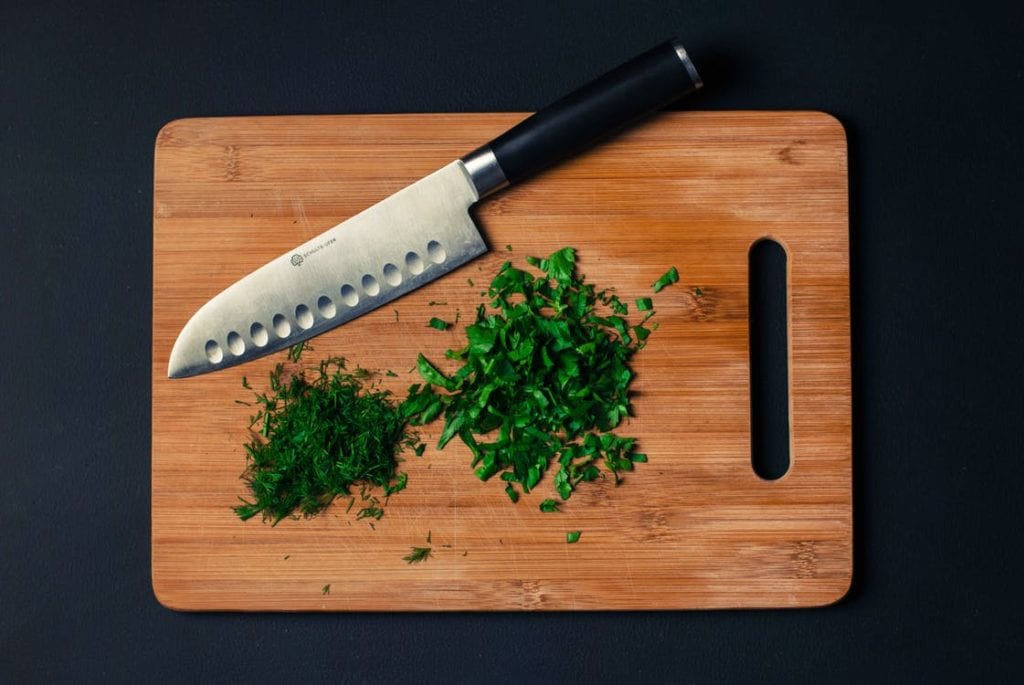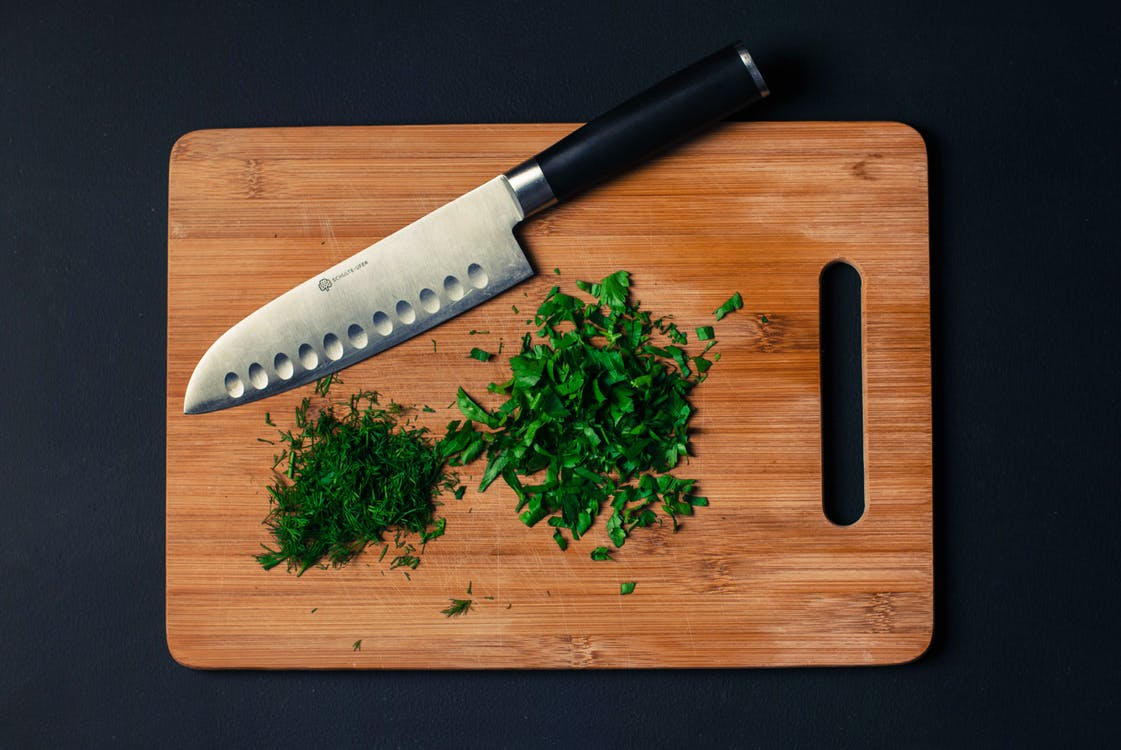
Your kitchen knife is an investment that you will use daily for all your cooking. Hence, selecting a good quality one that has proper handling, endurance, durability, and strength is paramount. There is nothing worse than trying to carve that Thanksgiving turkey only for it to result in a botched bird. If this is the case in your kitchen, you need to start thinking about buying the best Santoku Knives for optimal results.
Consider the types of knives you need
Kitchen knives come in a wide variety of shapes and sizes to meet various needs. A well-equipped home kitchen should have at least five types of knives.
• Chef’s knife: This is the most important and the workhorse of the kitchen. It is usually 8 inches long and is used for slicing, dicing and chopping a variety of foods
• Slicer: The slicer is longer than the chef’s knife and is used for cutting cooked meat
• Utility knife: This one is often interchangeable with the chef’s knife and can be used for cutting and slicing fruits and vegetables. It is usually 4 to 6 inches long, which makes it even more convenient
• Paring Knife: This knife is perfect for peeling and coring. It comes in 3 to 4 inches.
• Serrated Knife: This is usually 9 or 10 inches long. It is used for slicing bread, roasts, soft fruits and vegetables like tomatoes.
Understand the anatomy of a kitchen knife
While there are many terms used to describe a knife’s construction, here is what you need to know:
There are two main ways that knives are constructed:
• Forged: Forged knives are made when a single piece of melted steel is cut, and molded into the preferred shape. These knives are often heavier with a bolster and heel that protects the hand when cutting. Although they are substantially expensive, they are considered the best quality. Forged knives are balanced, durable and hold a sharp edge. They help to improve strength which is essential when cutting tougher foods.
• Stamped: Stamped knives are created through a cookie cutter-type mechanism. Although they lack a bolster and a heel, they perform outstandingly. They are more affordable than the forged knives.
Sharpness
The best kitchen knife should come sharp and stay that way for long before you need to sharpen it again. A knife’s sharpness not only indicates how well it works, but also how safe it is to use. You are more likely to cut yourself when struggling to cut something with a dull blade.
Choose a knife that fits your cooking style
Before buying a knife, think about how you cook and what sort of blades are suited for the meals you prepare. For instance, if you are a vegetarian, you may not need a boning knife. Finding a Knife for Cutting Meat can be hard. Check the guide above.
Find a knife that feels right in your hand
Never buy a knife before trying to hold it in your hands to establish a secure grip.
Is it Dishwasher safe?
Before buying a knife, always check the manufacturer’s instructions to see if it is dishwasher safe. Knives with plastic handles are often dishwasher safe whereas those with a wooden handle are not unless it has been specially treated for dishwasher use.
What is your Budget?
Make sure to get the best quality of knives you can afford. If you do not have enough money, consider buying one great-quality knife that can be used for most tasks in the kitchen. If you are low on budget you can find the Best Kitchen Knife under 100 here.
If you have not had the chance to try a high-quality kitchen knife before, consider investing in the best Santoku knives to feel a big difference. Your chopping will get easier, and your food preparation will become faster.
